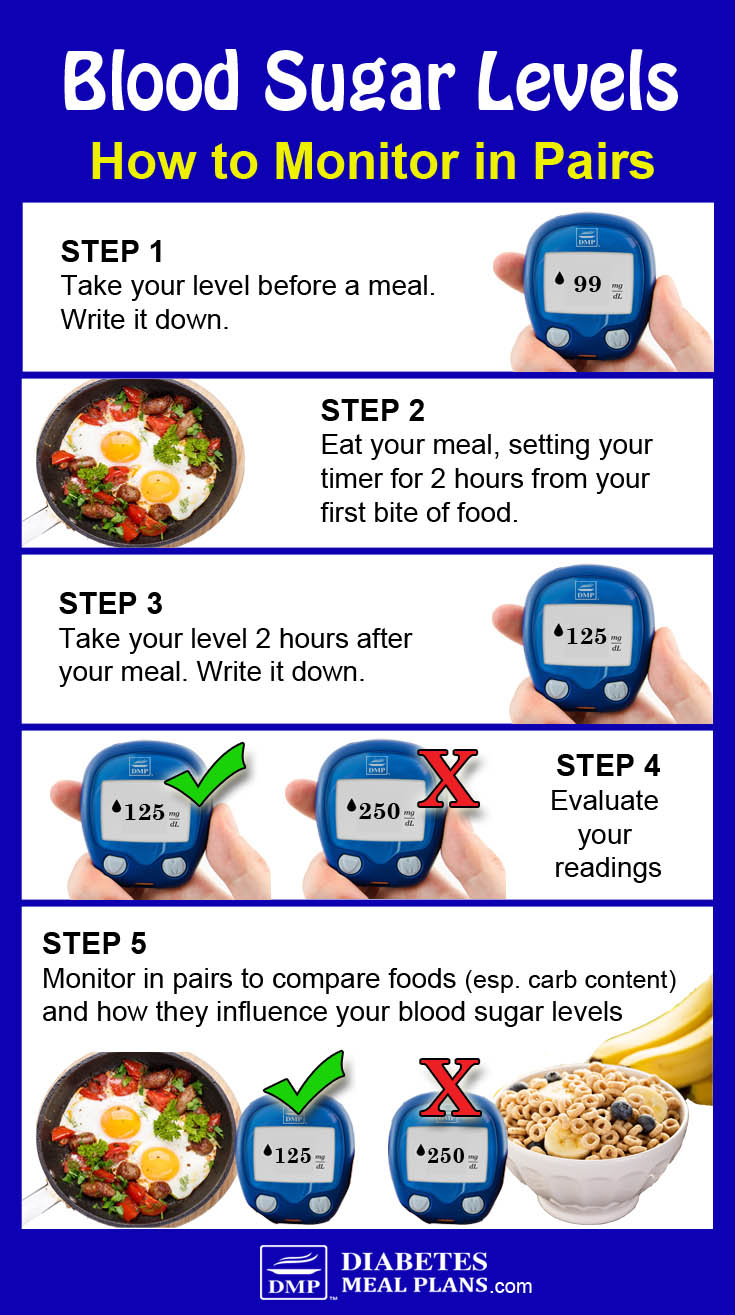For a 77-year-old male with type 2 diabetes, understanding and maintaining appropriate A1c levels is crucial for health and longevity.
A1c is a marker of how well your blood glucose levels have been controlled over the past 2-3 months.
High levels of A1c indicate that your blood glucose levels have been consistently high over that period, increasing your risk of developing complications such as nerve damage, kidney disease, eye problems, and cardiovascular diseases.
These are serious health concerns and they can be life-threatening, so let’s look closer at recommended A1c levels for a 77-year-old male with type 2 diabetes and provide insights on how to achieve and maintain optimal A1c levels.

Understanding the A1c Test
The A1c test is a blood test that measures the average blood sugar levels over the past three months.
Hemoglobin, a protein found in red blood cells, carries oxygen throughout the body. When blood sugar levels are elevated, glucose binds to hemoglobin, creating a substance known as glycated hemoglobin or HbA1c.
The A1c test measures the percentage (%) of glycated hemoglobin in the blood, providing a longer-term view of your blood sugar control.
Optimal A1c Levels for a 77-Year-Old Male with Type 2 Diabetes
The American Diabetes Association (ADA), and most other diabetes associations around the globe, recommend a general A1c target of less than 7% for adults with type 2 diabetes.
If possible, you can try to achieve an A1c of 6%, which has been shown to further reduce risk of developing complications.
For people aged 77 (or those even older), achieving 6% isn’t always possible, so less than 7% is still considered good.
It’s also good to keep in mind that your doctor may recommend a higher A1c target of 8%, for example. Your doctor may consider factors such as whether you have multiple chronic conditions, a high risk of hypoglycemia, extensive functional impairment, or limited life expectancy.
Your doctor may also consider other factors such as blood pressure, cholesterol levels, kidney function, and the presence of any diabetes-related complications also need to be considered.
Still, in most adults. regardless of age, less than 7% is the target A1c goal.

Tips for Maintaining Optimal A1c Levels
Here at DMP, we’ve supported thousands of people to optimize their A1c levels; and no matter what your age, you can improve your health – so never think you’re a dog too old to learn new tricks, that’s simply not true!
If you get proactive with a comprehensive approach that includes lifestyle modifications, medication management, and blood glucose monitoring, you can keep your blood sugar, A1c and overall health in good shape.
Upgrade Your Lifestyle Habits
Get moving
Engage in regular physical activity, such as walking, swimming, or yoga as these can help with blood sugar regulation and improving insulin sensitivity, no matter what your age. 30 minutes across 5 days of the week is the minimum level of activity to aim for.
Eat to treat your diabetes
What you put in your mouth is key to achieving better A1c levels. In fact, the food you eat is directly linked to your blood glucose and A1c levels.
You need to eat a healthy whole foods diet rich in non-starchy vegetables, lower carb fruits, plenty of protein, and healthy fats; and limit added sugars and refined carbohydrates.
Medication Management
It is important to follow the prescribed medication regimen from your doctor. But it’s also good to know that if you need to keep increasing medications, your diabetes is actually getting worse, not better.
That’s why your diet is the most important thing, as it can help you lower A1c and even reduce medications in many cases – always in consultation with your doctor.
“When I started DMP, I was 310 lbs and my A1C was 10. I had a very unhealthy lifestyle. Since then, I have lost weight, I am at 190 now and my A1C is between 6.5 to 7.0 and no longer have to take medicine.” ~Dusty
Blood glucose monitoring
Blood sugar monitoring is one of the best tools you have to assess how well you’re keeping your blood sugar levels within the target range.
Regular monitoring can help you identify patterns and trends in blood sugar fluctuations, giving you immediate feedback so you can make the necessary adjustments to your eating plan that can improve overall blood sugar control and A1c levels.
Your goal is to measure 2-hours from your first bite of food and be under 140 mg/dL or 7.8 mmol/L.

If you need help getting your A1c levels on track, consider taking our clinically proven T2Diet Program.
You will discover exactly what to eat to treat your diabetes, so you can focus on getting the best out of life!



Leave a Reply